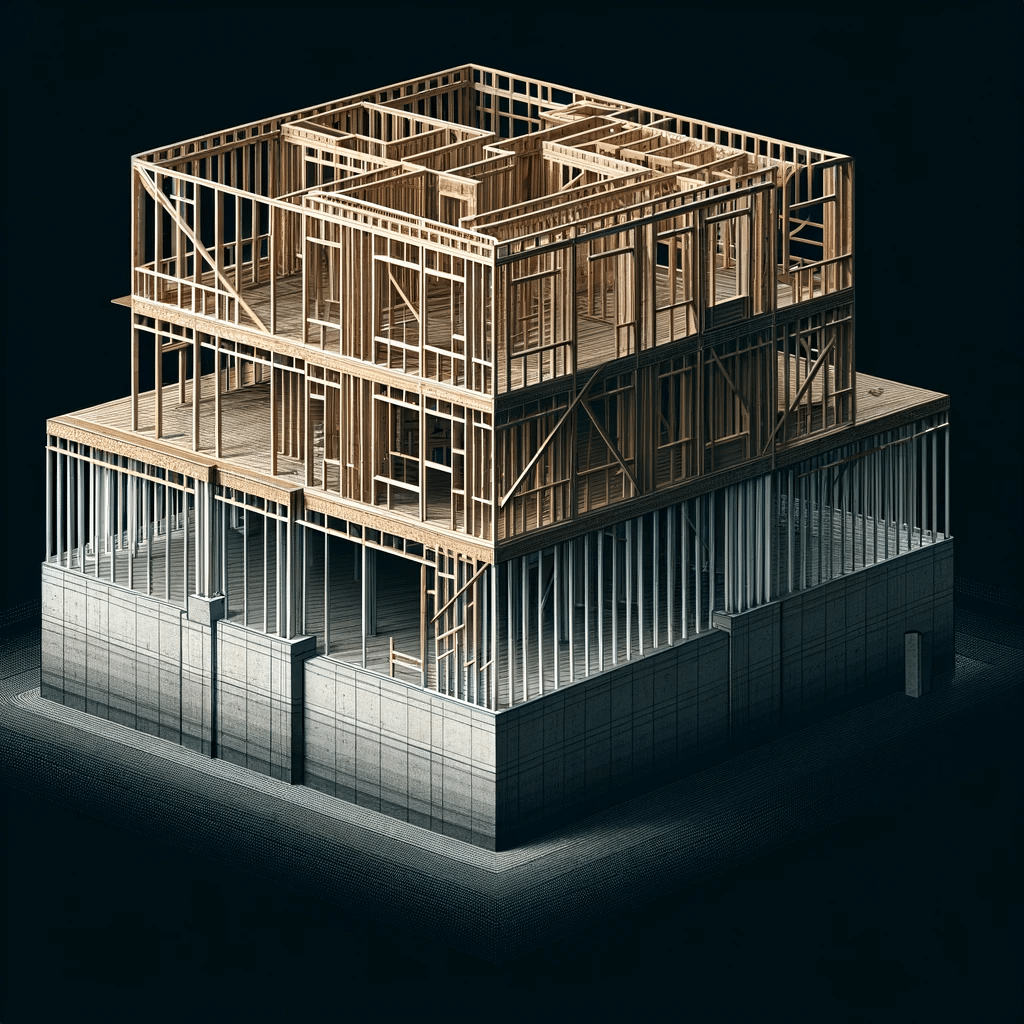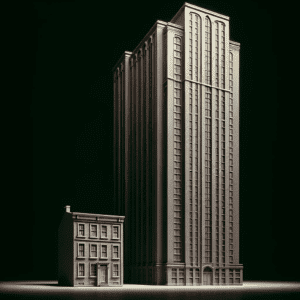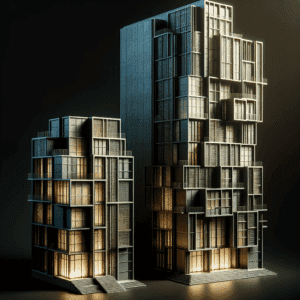Get a peer review of your building's structure cost with NO risk. Click here to get started
How is a podium defined by IBC?
As defined in Section 510.2:
A building shall be considered as separate and distinct buildings for the purpose of determining area limitations, continuity of fire walls, limitation of number of stories and type of construction where all of the following conditions are met:
- The buildings are separated with a horizontal assembly having a fire-resistance rating of not less than 3 hours.
- The building below the horizontal assembly is of Type IA construction.
- Shaft, stairway, ramp and escalator enclosures through the horizontal assembly shall have not less than a 2-hour fire-resistance rating with opening protectives in accordance with Section 716.5.
Exception: Where the enclosure walls below the horizontal assembly have not less than a 3-hour fire-resistance rating with opening protectives in accordance with Section 716.5, the enclosure walls extending above the horizontal assembly shall be permitted to have a 1-hour fire-resistance rating, provided:
- The building above the horizontal assembly is not required to be of Type I construction;
- The enclosure connects fewer than four stories; and
- The enclosure opening protectives above the horizontal assembly have a fire protection rating of not less than 1 hour.
- The building or buildings above the horizontal assembly shall be permitted to have multiple Group A occupancy uses, each with an occupant load of less 300, or Group B, M, R or S occupancies.
- The building below the horizontal assembly shall be protected throughout by an approved automatic sprinkler system in accordance with Section 903.3.1.1, and shall be permitted to be any occupancy allowed by this code except Group H.
- The maximum building height in feet shall not exceed the limits set forth in Section 504.3 for the building having the smaller allowable height as measured from the grade plane.
What is a podium in layman terms?
A podium is a “base” structure that serves as a fire-separated platform to build another building on top of. The IBC has specific regulations and requirements for podium construction, mainly concerning fire safety and structural integrity. This style of construction is often used in mixed-use buildings where the lower floors (the podium) might contain commercial or parking spaces, while the upper floors are residential or office spaces. The podium design allows for a separation of uses and can also serve as a way to provide a larger footprint for the tower portion of the building without extending the entire building to the ground, thus allowing the integration of mixed uses vertically.
What are the major benefits?
What is a podium constructed with?
- Podium is required to be non-combustible Type IA construction with a 3-hour fire rating.
- Composite steel
- Steel beams with a slab-on-deck
- Post-tensioned concrete
- Typically a flat slab
- Conventional concrete
- Typically a flat slab (but thicker than post-tensioned)
- Composite steel



